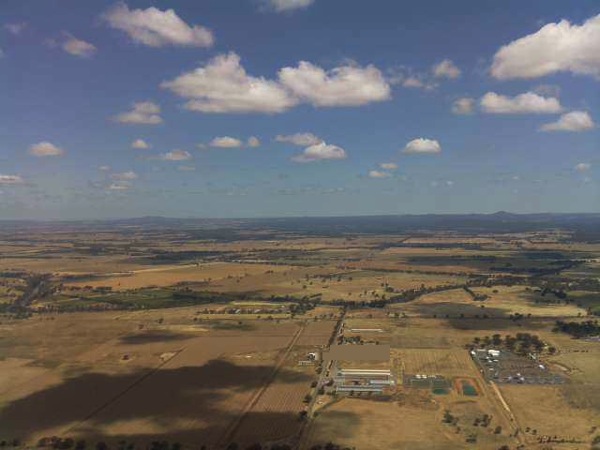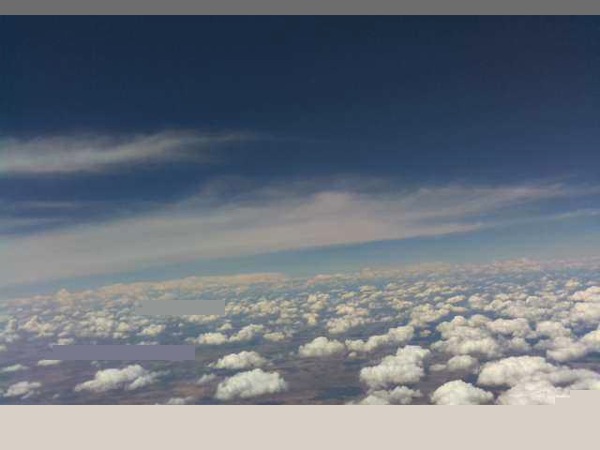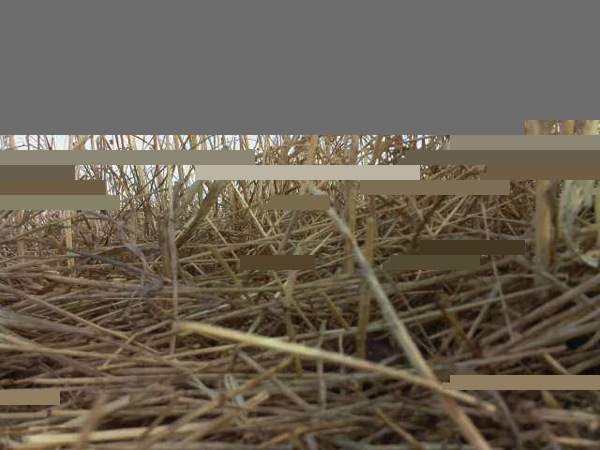PSB-5 was released and recovered yesterday.

The flight lasted 5 hours, gaining maximum altitude of 18,914m.
We were able to test HF telemetry on multi bands and multi protocols with hams and non-hams around Australia. Telemetry was received from as far as WA 2,500km away.
THOR4 was very good with HF noise, and was easy to use with dl-fldigi. It would make a good choice for HF telemetry.
JT65 was solid, however some work will need to be done to integrate it with spacenear.us tracking site. With the limitation of 13 characters of free-text per message, it would be ideal for an extension of the JT65/9 family of protocols to be developed for telemetry. The time-synced start of transmission is also not optimal for mobile telemetry tracking.
WSPR was working well, we had 26 WSPR spots on all bands, the majority was on 30m. The main advantages of WSPR for us is the reliability, and number of existing receiving stations. Like JT65, extension to the protocol would be required to make it useful for HF tracking.
Most of the initial HF telemetry was received on 30m at the time of launch, and we could see 40m and 20m coverage coming in at the end of the flight. For future flights we probably will use only 30m and 20m for telemetry.
The star of the experiment however was the Raspberry Pi computer that was multi-tasking all HF protocol encoding and transmission, and house-keeping tasks, including GPS sync for time and frequency, RF generation, SSDV image encoding, communicating with GPS tracker, under extreme conditions that saw the ambient temperature rising to 66 degree Celsius (payload insulation was working too well!), and constant payload movement.
The complex payload could not have been developed and tested in such a short time for us without the versatile linux environment on the Pi. It does have limitations but we managed to address many of them for the flight. Still more work to do, but the Raspberry Pi has proven to be a very versatile and mature platform for ham radio and HAB experimenting.
A big thank-you to everyone for assistance with tracking, and testing before the launch.
Credits also goes to various people that contributed to the softwares and protocols associated with the experiment, such as Joe Taylor K1JT, Oliver Mattos and Oskar Weigl who implemented PiFM, MD1CLV, PE1NNZ for coding WSPR on the Pi, who gave us the idea of implementing other protocols on the Pi, and Philip Heron for SSDV codes.
SSDV photos


Payload landing site

